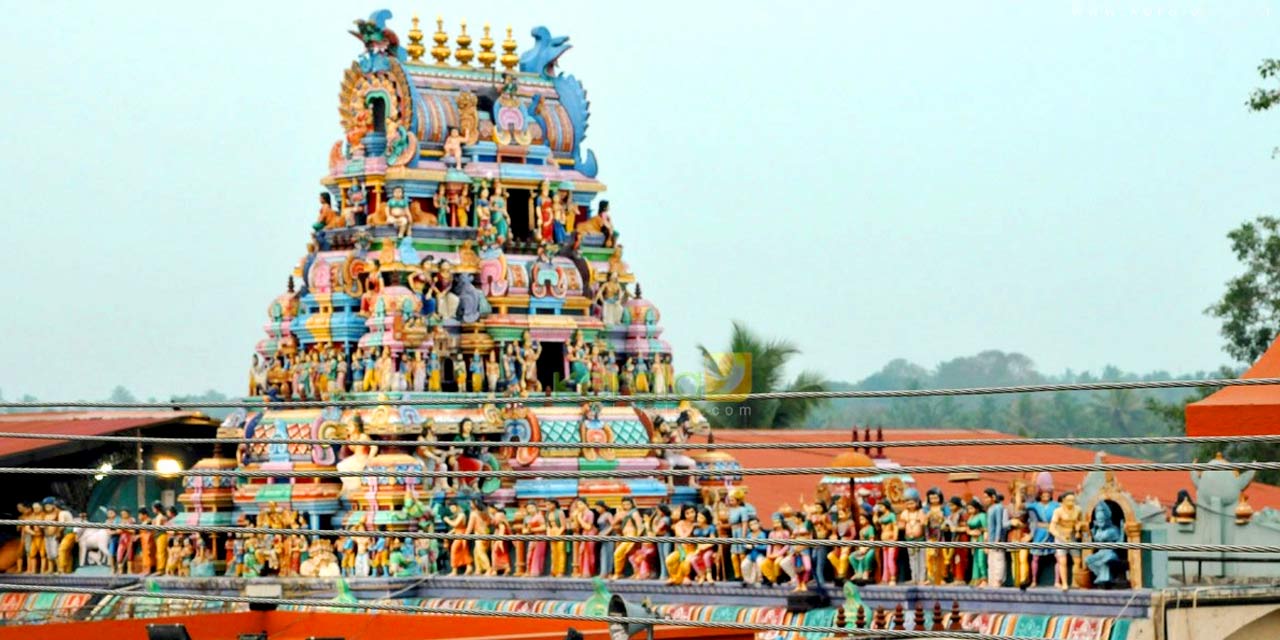:max_bytes(150000):strip_icc():format(webp)/GettyImages-185733537-5b51446046e0fb00378bc660.jpg)
The Lotus Temple belongs to the Baha’i faith and is one of the Delhi’s attractions. It is estimated that around 10,000 people visit the temple every day. Many come to admire its unique architecture, which resembles a floating lotus flower. The teachings of the Bahá’í Faith also appeal to visitors. This religion, originating in Iran, promotes unity and aims to create global unity by eliminating all prejudices, including race and gender. Read on to find out everything you need to know about Lotus Temple in this comprehensive guide.
History of Lotus Temple
The Bahá’í Faith is a relatively new religion, originating from the Shi’a branch of Islam in the middle of the 19th century. When Iran was in the midst of widespread unrest and chaos, a 24-year-old merchant named Siyyid Ali Muhammad Shirazi claimed to be a messenger of God and a descendant of the Prophet Muhammad. He called himself Le Bab (The Gate) and began to spread a revolutionary message that opened the way for the foundation of the Bahá’í Faith.
The point is that a new prophet will appear after his departure to change people. This contradicted the basic tenets of Islam, that Mohammad was the last prophet, and led to the assassination of the Bab in 1850.
Finally, while being persecuted and imprisoned, one of the Bab’s disciples had a revelation that he was the manifestation of God that the Bab spoke of. He called himself Bahá’u’lláh (Glory to God) and went on to write scriptures based on the Bahá’í faith. After his death in 1892, his eldest son Abdu’l-Baha became the translator of his teachings and was the leader of the religion until 1921. His grandson, Shoghi Effendi, succeeded him, becoming the guardian of the Bahá’í Faith and helping to spread it throughout the world. In 2015, India had the largest number of Bahá’í followers in the world, with 40% of the religion’s six million followers living there. One of the aims of the Bahá’í faith is to build houses of worship (Mashriqu’l-Adhkar) throughout the world. These will be at the heart of its community and its activities, but where everyone is invited to come and connect with God, regardless of their religion.
Although the Bahá’í Faith has its own scriptures, it believes that the religious teachings of all the “prophets” (including Abraham, Moses, Jesus, Buddha and Krishna) are valid and therefore there is a unified religion. The Lotus Temple in Delhi is one of the eight places of worship currently located on every continent except Antarctica. The Bahá’í community privately purchased the land for the Lotus Temple in 1953. Later, in 1976, their board of directors appointed the famous Iranian-Canadian architect Fariborz Sahba to build the temple. Construction began in 1980 and the temple was opened to the public in December 1986.
Lotus Temple Location
The Lotus Temple is nestled within 26 acres of beautifully landscaped gardens along Lotus Temple Road in Bahapur, near Nehru Place, located in the southern part of Delhi. It is approximately a 30-45 minute journey from the city center. The nearest Metro train station, Kalkaji Mandir on the Violet Line (refer to the Delhi Metro train map), is just a five-minute walk away.
How to Visit Lotus Temple
The Lotus Temple is open every day except Mondays, from 9:30 a.m. until sunset. In winter (October to March), it closes at 5:30 p.m., and in summer (April to September), it stays open until 7 p.m.
Visiting the Lotus Temple is free, and you don’t have to make any donations. But keep in mind that it’s a popular tourist spot and can get quite crowded, especially on weekends and holidays. This means you might have to wait in line for over an hour to get into the Prayer Hall. If you’re not planning to meditate or pray, you might want to skip it. Inside, it’s very simple without any religious statues or altars, and photography isn’t allowed.
To get to the temple, follow the paved path from the main gate. You’ll need to take off your shoes and carry them in the provided bag. Then, climb the stairs to reach the platform and enter the Prayer Hall. Volunteers will guide you and give a brief introduction to the Baha’i faith.
There are short prayer services at 10 a.m., noon, 3 p.m., and 5 p.m. Apart from these, there are no religious speeches or rituals, and visitors are asked to stay silent in the hall. It’s a peaceful experience.
After leaving the Prayer Hall, grab a free pass for the Information Center and visit it on your way back to the parking lot. Please note that children under 12 are not allowed inside.





